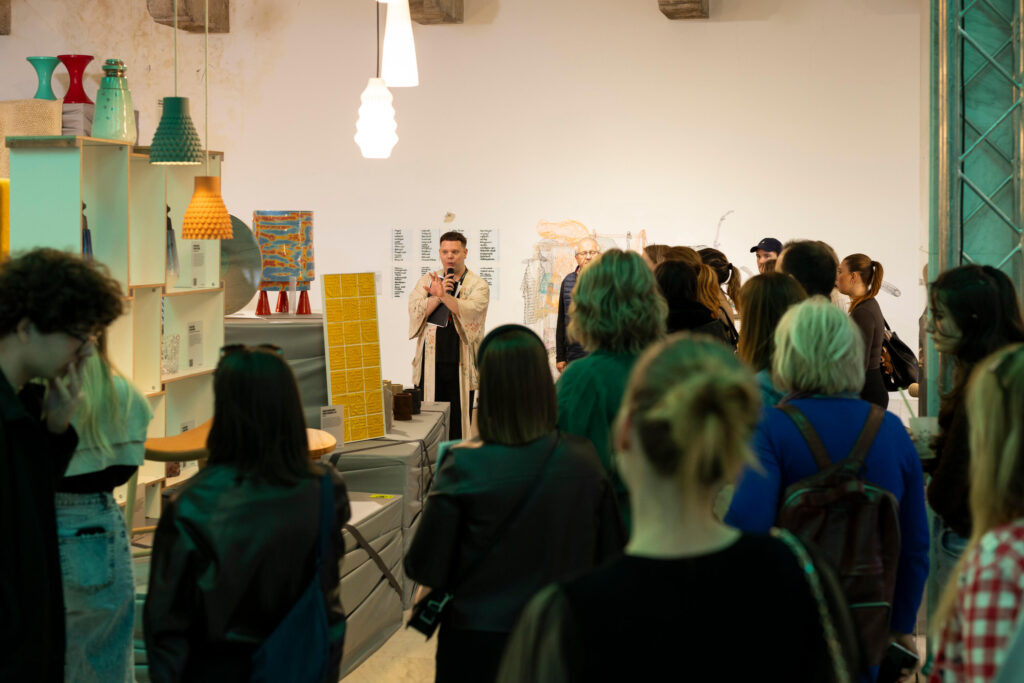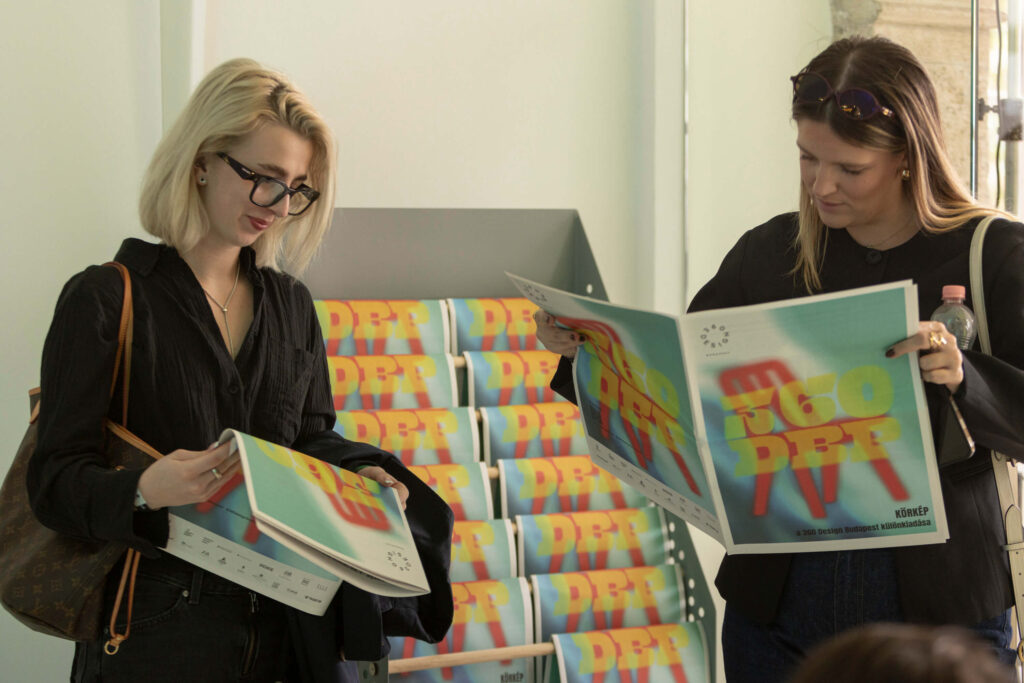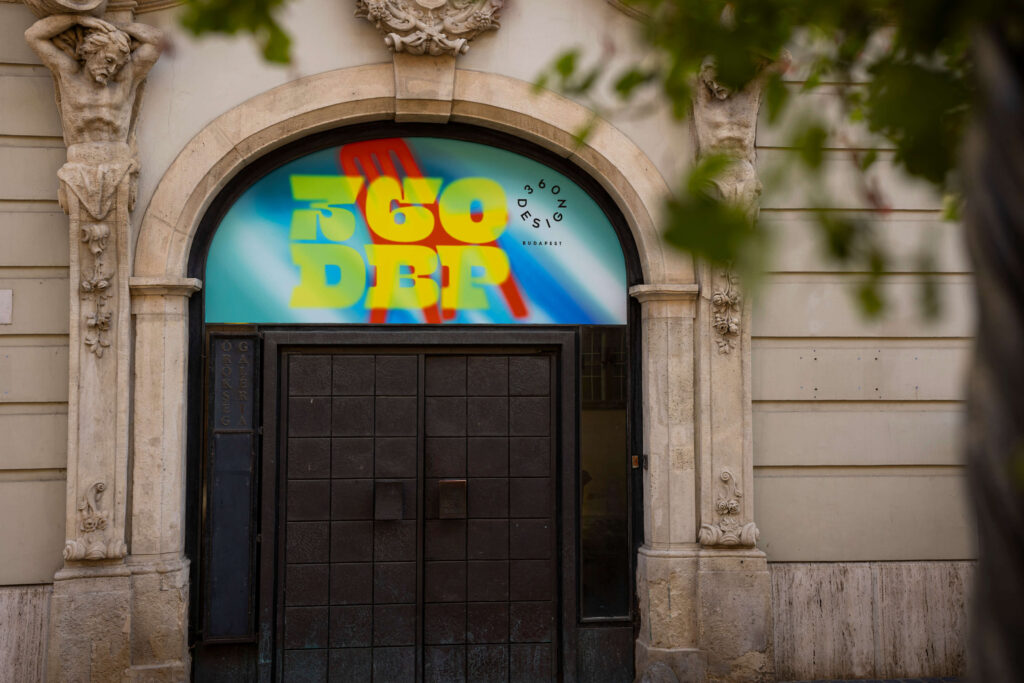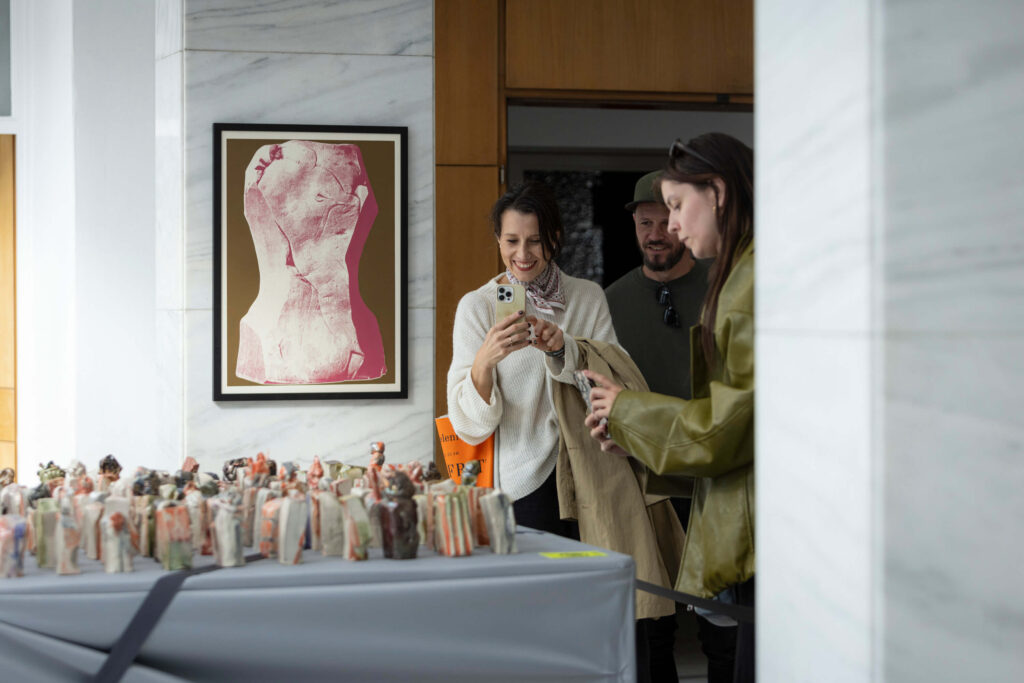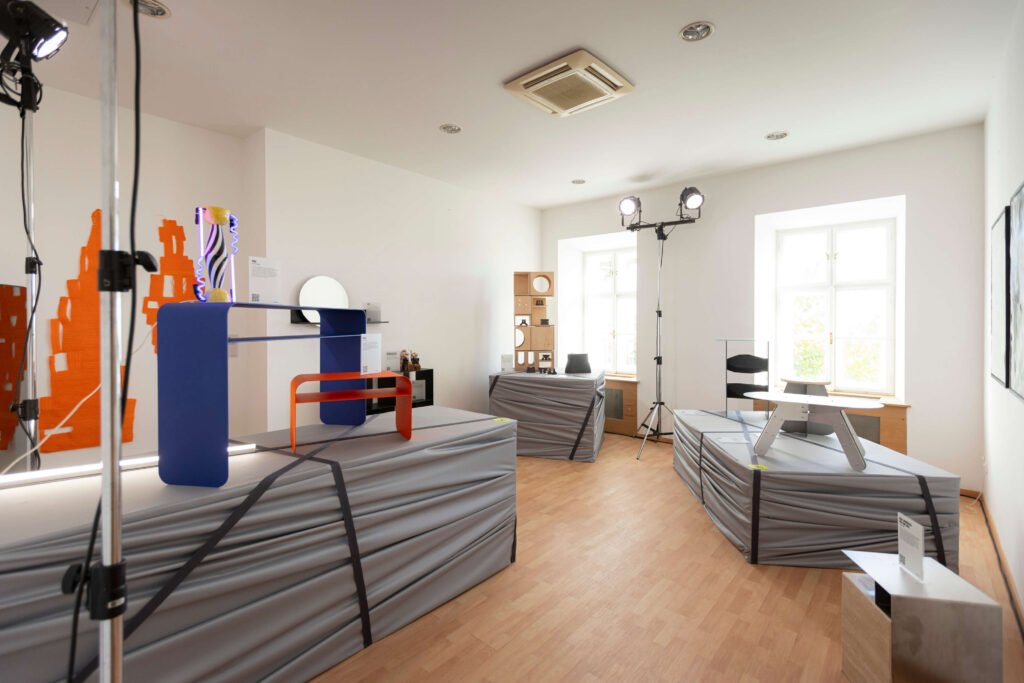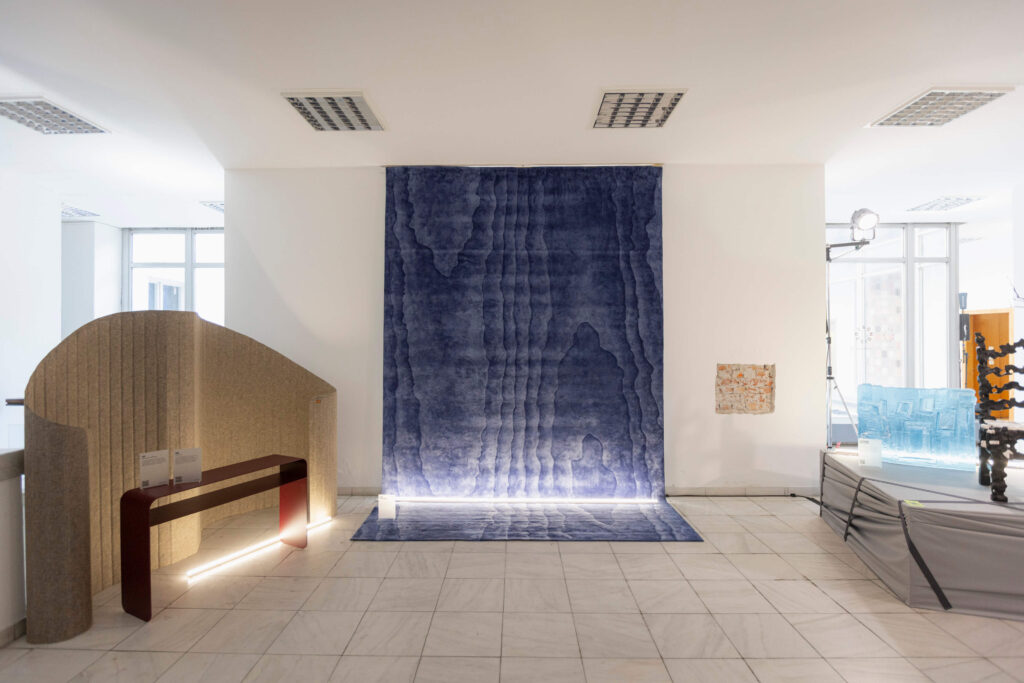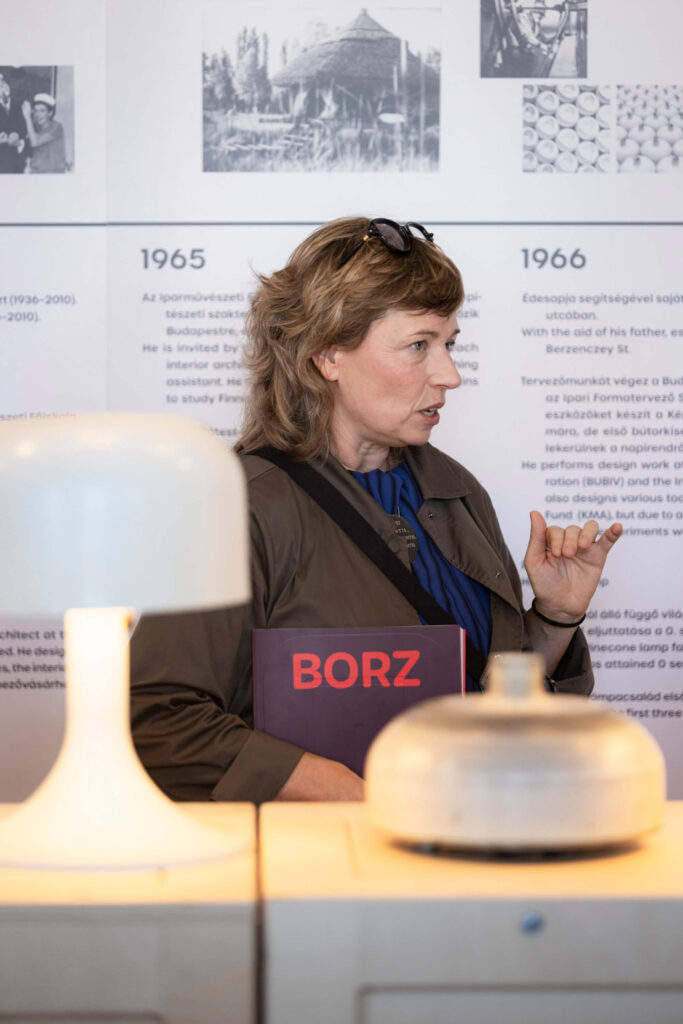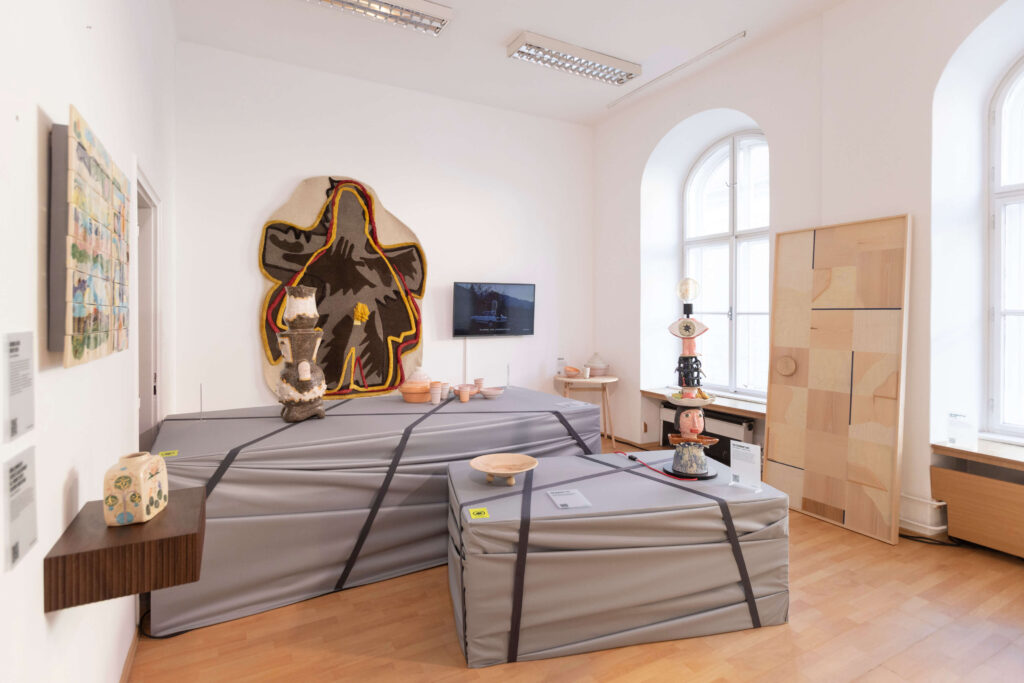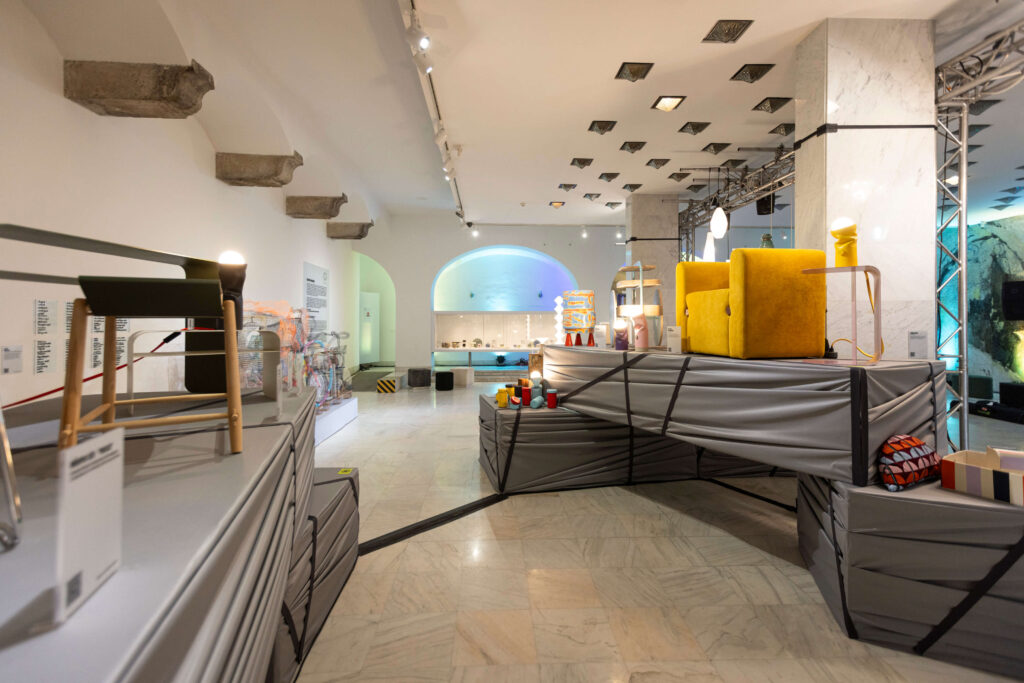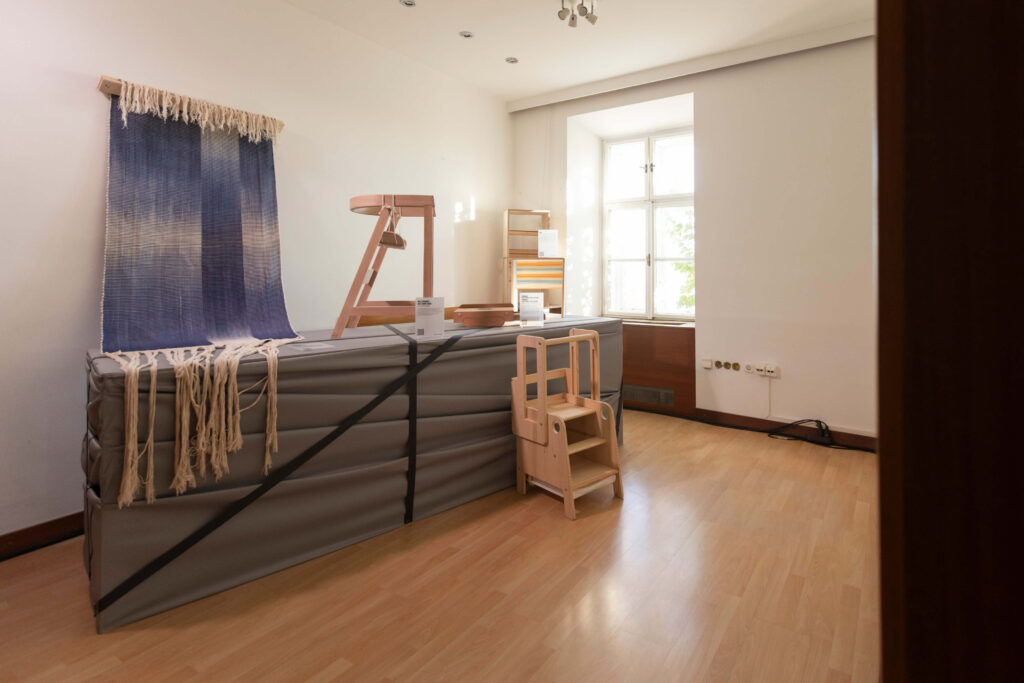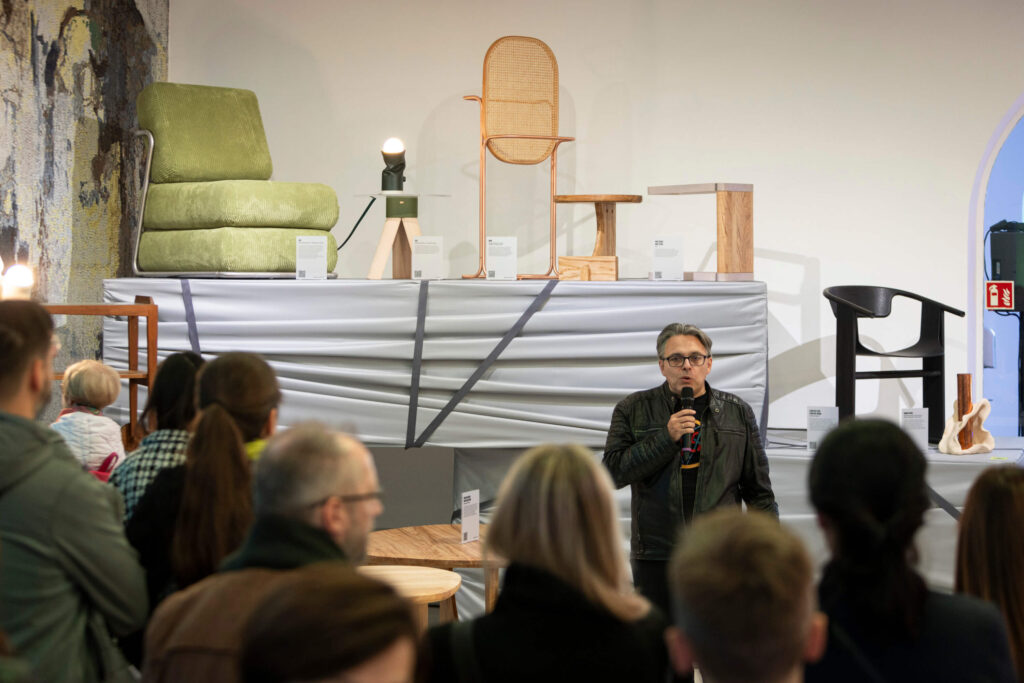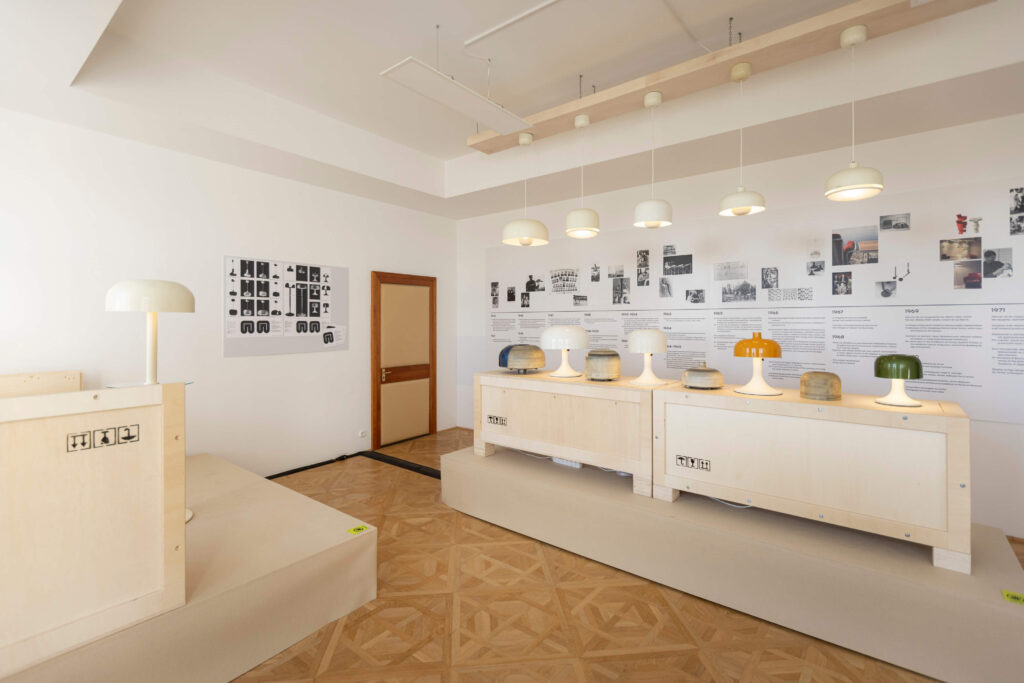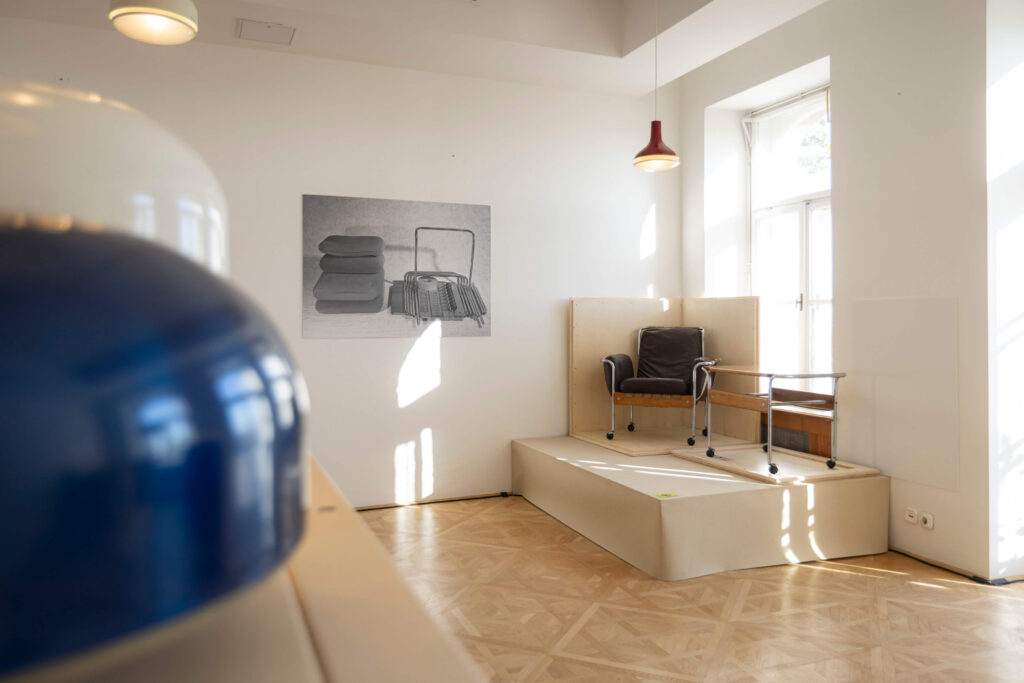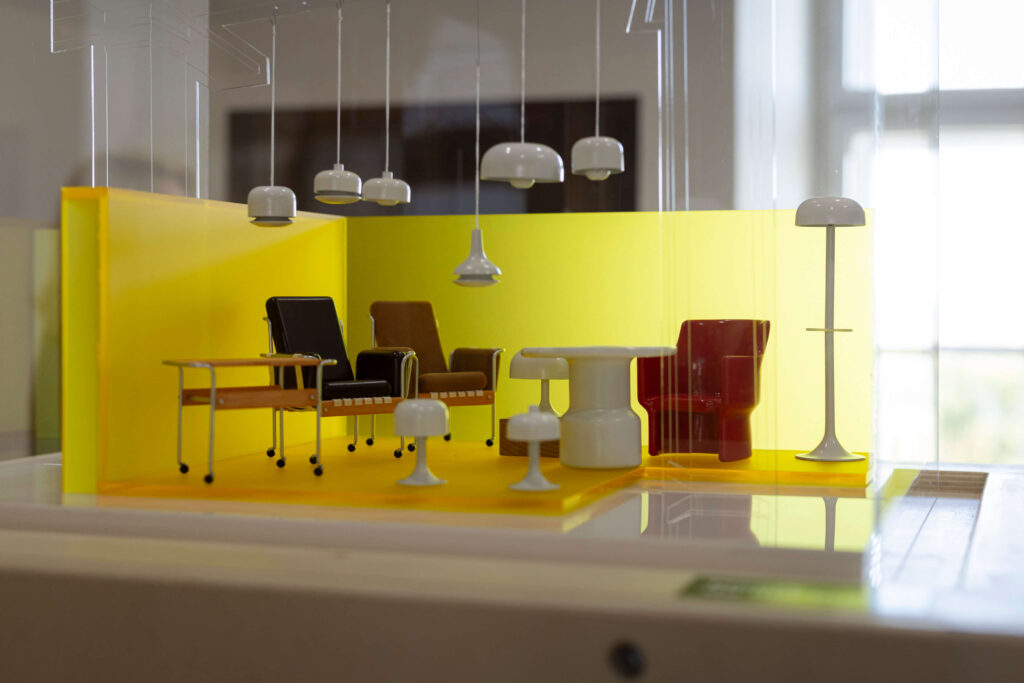Budapest Design Week Was a National Success: More Than 26,000 Visitors Discovered the Values of Hungarian Design
Budapest, 22 October 2025 – Design connected the country once again: This year, Budapest Design Week (BDW), Hungary’s biggest design industry event series, concluded in ten cities with more than 200 programmes and over 26,000 visitors. The programme covered the full spectrum of design — from object culture and digital innovation to the visual and applied arts — demonstrating that Hungarian creativity builds on both tradition and the future. It also demonstrated that Hungarian design resonates not only with domestic audiences but also with the international professional community. The central event of the design week, the 360 Design Budapest exhibition, also attracted a record number of visitors.
Organised by the Hungarian Fashion & Design Agency (HFDA), the event series aimed to present, in an experiential format, how design connects with our everyday lives — not only for professionals but for the wider public as well.
“The creative industry today not only generates cultural value but has also become an economic driving force: design and innovation contribute to enhancing competitiveness, strengthening export potential, and supporting business renewal. Budapest Design Week represents this spirit: it is a community and economic platform at once, building regional values from Hungarian creativity. It was uplifting to see that across two hundred programmes nationwide, a single goal prevailed: to showcase the uniqueness of Hungarian design. Through its nationwide reach, Budapest Design Week demonstrates that Hungary has the potential to become a regional hub in the creative industry,” said Zsófia Jakab, Ministerial Commissioner for Creative Industry Development and Sectoral Coordination and CEO of the HFDA.
This year, Budapest Design Week was once again realised through nationwide collaboration: alongside the capital, the cities of Pécs, Sopron, Debrecen, Győr, Kecskemét, Veszprém, Szentendre, Tata, and Balatonfüred also joined the programme series. With the participation of more than 100 partner organisations — including galleries, higher education and vocational institutions, cultural organisations, and professional chambers — the event became a celebration of creativity, collaboration, and knowledge sharing.
The national programme schedule included more than 130 events in Budapest and almost 70 beyond the capital: 40 exhibitions, 40 workshops, 60 unique programmes, interactive experiences, installations, pop-up events, and 20 professional discussions. Visitors explored works by domestic and regional creators in design studios, cultural centres, and markets across the city.
BDW’s role as a regional hub was further reinforced by the participating cities across the country. In Pécs, DesignPécs offered more than 40 events, providing a platform for local creators, designers, and businesses, attracting nearly 1,500 visitors. In Sopron, the 10th anniversary edition of Sopron Design Week featured around 20 programmes — including exhibitions, open studios, and professional discussions — which drew approximately 1,600 visitors.
Debrecen Design Week was organised in collaboration between MODEM and the University of Debrecen, presenting the city’s cultural and creative strength through six programmes and attracting nearly fifty visitors.
While the events of Budapest Design Week primarily offered meaningful experiences for domestic audiences, the programme also attracted remarkable international interest. Visitors arrived from Austria, Slovakia, and the Czech Republic, as well as from France, Italy, Germany, the United Kingdom, Spain, and Israel. Among them were journalists, curators, and design fair professionals who came to Hungary to discover the latest creations and groundbreaking ideas. Thanks to the virtual events, in addition to more than 20,000 on-site visitors, several thousand people also joined the programmes online.
According to feedback from several programmes, the number of direct purchases and orders at design fairs and pop-up events increased this year.
The central event of Budapest Design Week, 360 Design Budapest, was held for the sixth time — this year in the Buda Castle District — and attracted greater interest than ever before. More than 5,500 visitors attended the exhibition at the former National Monument Protection Office building, where nearly 100 designers and manufacturers showcased around 400 works, presenting the latest directions in contemporary Hungarian and Central European design. Among the exhibitors were not only Hungarian creators but also designers from Slovakia, the Czech Republic, Slovenia, Ukraine, Romania, and Armenia.
Thanks to the collaboration with the Hungarian Museum of Applied Arts, the exhibition featured a dedicated section celebrating the oeuvre of Sándor Borz Kováts, an iconic figure of Hungarian design. In addition, the programme was enriched with lectures, music and dance performances, workshops, and exclusive guided tours, attracting nearly 1,000 visitors. Content shared on social media reached over 1.2 million users, further enhancing the international visibility of Hungarian design.
One of the exhibition’s key objectives was to support the next generation of design professionals. To this end, the Hungarian Fashion & Design Agency (HFDA) welcomed almost 600 students from 20 vocational and higher education institutions. Through unique curator-led tours and experience-based programmes, emerging talents were able to explore contemporary design trends and the work of industry practitioners.
The 360 Design Budapest exhibition is also available online in a 3D format, allowing visitors to explore the over 1,000 square metre exhibition space virtually and interact directly with the designers’ work over the next year.
This year, Budapest Design Week and the 360 Design Budapest exhibition showed that they are more than just an event series — they are a living network connecting creators, institutions, businesses, and communities to shape the future of visual and economic culture. The high-quality programmes and impressive visitor numbers highlight the pivotal role of design at the intersection of economy, education, and culture.
***
About the Hungarian Fashion & Design Agency
The Hungarian Fashion & Design Agency was founded in 2018 to support every actor in the fashion and design industries in an efficient and structured way, following predetermined strategic pillars: professional coordination, enhancing Hungarian brands’ availability and trade opportunities, educational development and manufacturing development. To realise these goals, HFDA organises domestic events each year, such as the region’s major fashion event, the Budapest Central European Fashion Week, Budapest Design Week, or the 360 Design Budapest exhibition, which has received international awards. Besides, they provide Hungarian creators opportunities for participation and debuting at international professional events such as the Milano Fashion Week and the Maison & Objet design fair. Their primary tasks include strategic cooperation with professional organisations, increasing exports, and supporting Hungarian brands’ professional development with mentorship programmes.
360 Design Budapest
The 360 Design Budapest event series, organised yearly by the HFDA, draws attention to the everyday role of design surrounding us in 360 degrees. The event aims to make Hungarian and regional product designers more widely known using modern tools, help domestic design brands enter the international market, and present new, innovative, sustainable directions for the target audience interested in design. By realising the event, the Agency wants to help Hungary become a regional centre in the design industry and create a programme which is attractive to tourists from all around Europe.
Budapest Design Week
Budapest Design Week is the largest experience-based domestic event series, targeting a broad audience. Organised annually by the Hungarian Fashion & Design Agency, the series aims to highlight the direct impact of design across all aspects of life while raising awareness and recognition of design as both a cultural and economic resource. The event features a diverse programme of accompanying events, featured highlights, and partner-organised side events, offering activities in the capital and major cities across the country through associated programmes. HFDA’s long-term goal is to transform BDW into a leading regional, experience-based design event series.
